The 10 U.S. counties with the most extreme weather
A new analysis reveals which large counties face the highest weather risk based on storm frequency, disaster declarations, and insurance-related search trends
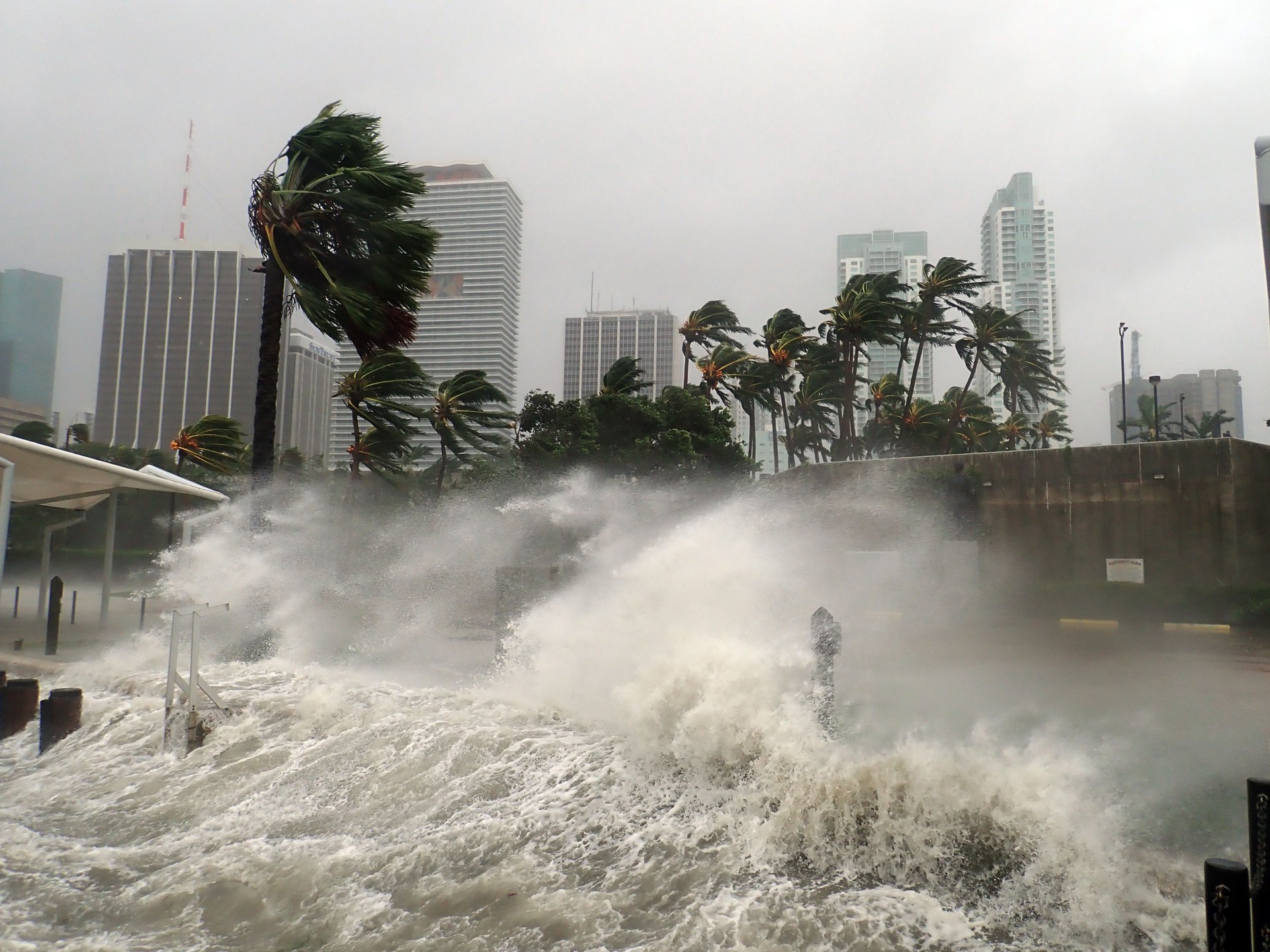
Extreme weather is becoming more frequent, more intense, and more expensive for American households. From record-breaking hailstorms to catastrophic flooding, the financial toll of climate events is rising — and so are insurance premiums. In high-risk regions, homeowners are seeing double-digit rate hikes or losing coverage altogether as insurers pull out of areas they don't believe are worth underwriting.
To better understand which communities face the highest weather-related risk, Guardian Service analyzed the 100 most populous U.S. counties using a composite index of three key indicators: the frequency of storm events, the number of FEMA disaster declarations, and the level of public interest in weather-related insurance and safety terms. The result is a comprehensive snapshot of where weather is both most extreme and most top-of-mind.
NOAA’s Storm Events Database, weighted at 40%, reflects how often severe weather impacts each county. FEMA disaster declarations, weighted at 30%, reveal how frequently these weather events rise to the level of federal assistance. And search interest, weighted at 30% and measured using Google Trends data for terms like “storm damage insurance” and “disaster relief," offers a community-level view of how concerned or prepared residents are in response to these events.
While some counties rank high due to frequent storms, others rise on the list because of how severe and disruptive those storms are. Continue reading to see which counties made the list and why:
2 / 11
#10: Lee County, Florida
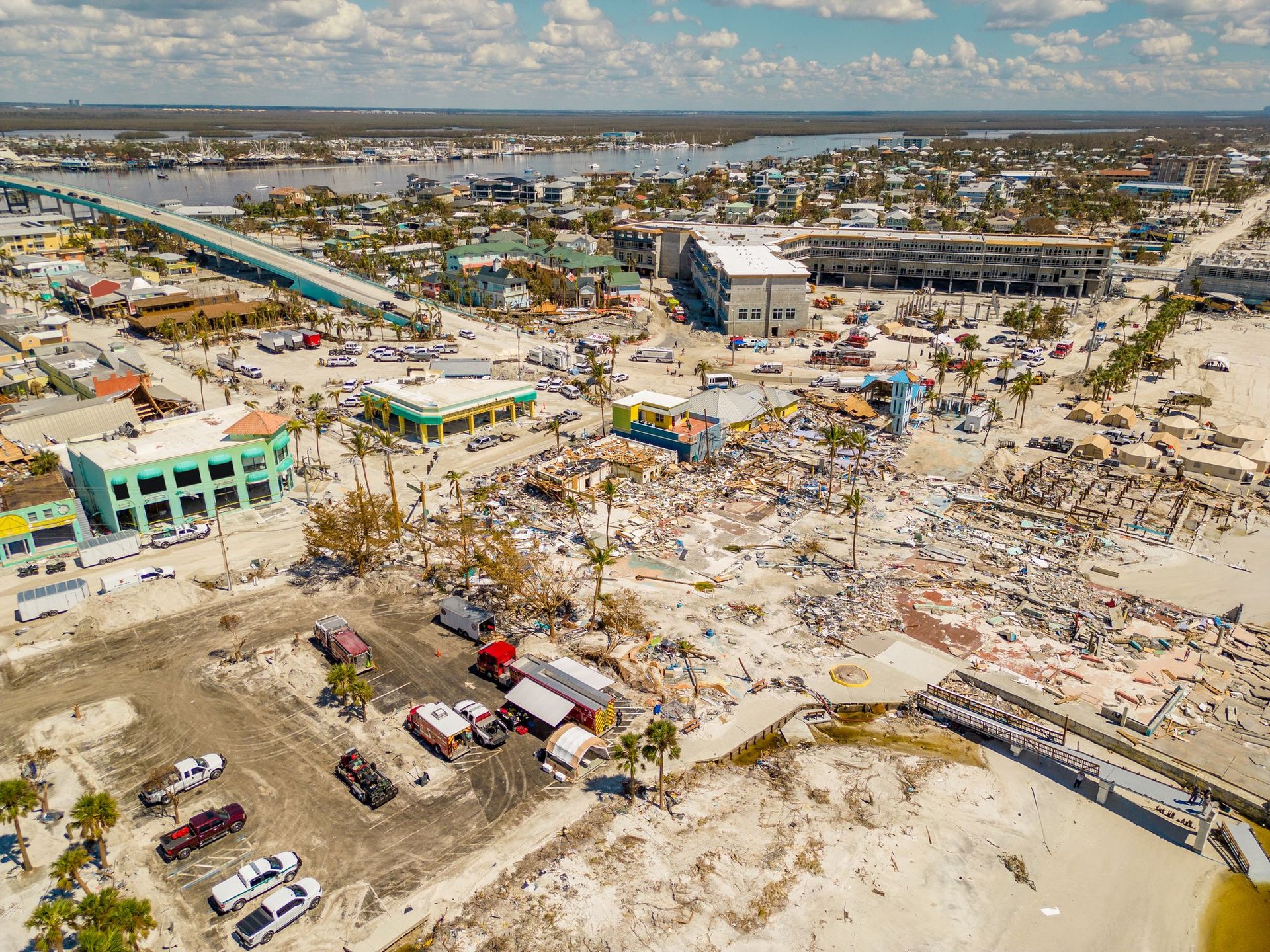
felixmizioznikov / Getty Images
Fort Myers, the largest city in Lee County, rounds out the top 10. While it ranks low for storm events, it scores second in both FEMA declarations and 11th in public interest. That suggests the storms that do hit Lee County — particularly hurricanes — are especially destructive. Residents are proactive in researching insurance and safety options, likely a response to the increasing frequency and severity of tropical weather in Southwest Florida.
3 / 11
#9: Jefferson County, Kentucky
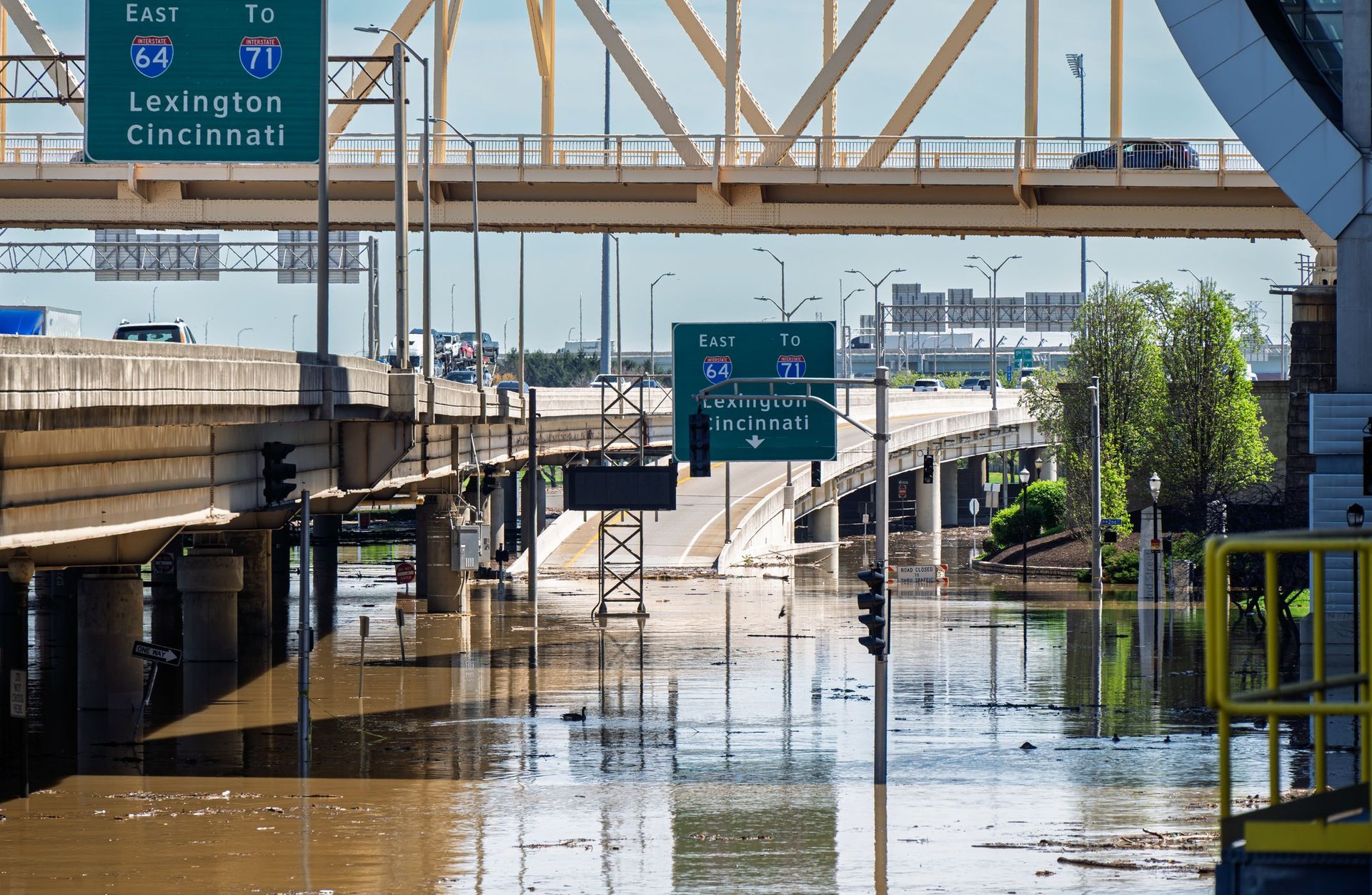
Mike Worley / Getty Images
Louisville, the seat of Jefferson County, has quietly emerged as a hotspot for extreme weather activity. The county ranks 48th in storm events but places a striking fifth in weather-related search interest and eighth in FEMA disaster declarations. Flooding and severe storms are ongoing risks, and public engagement reflects a strong awareness of potential hazards.
4 / 11
#8: Los Angeles County, California
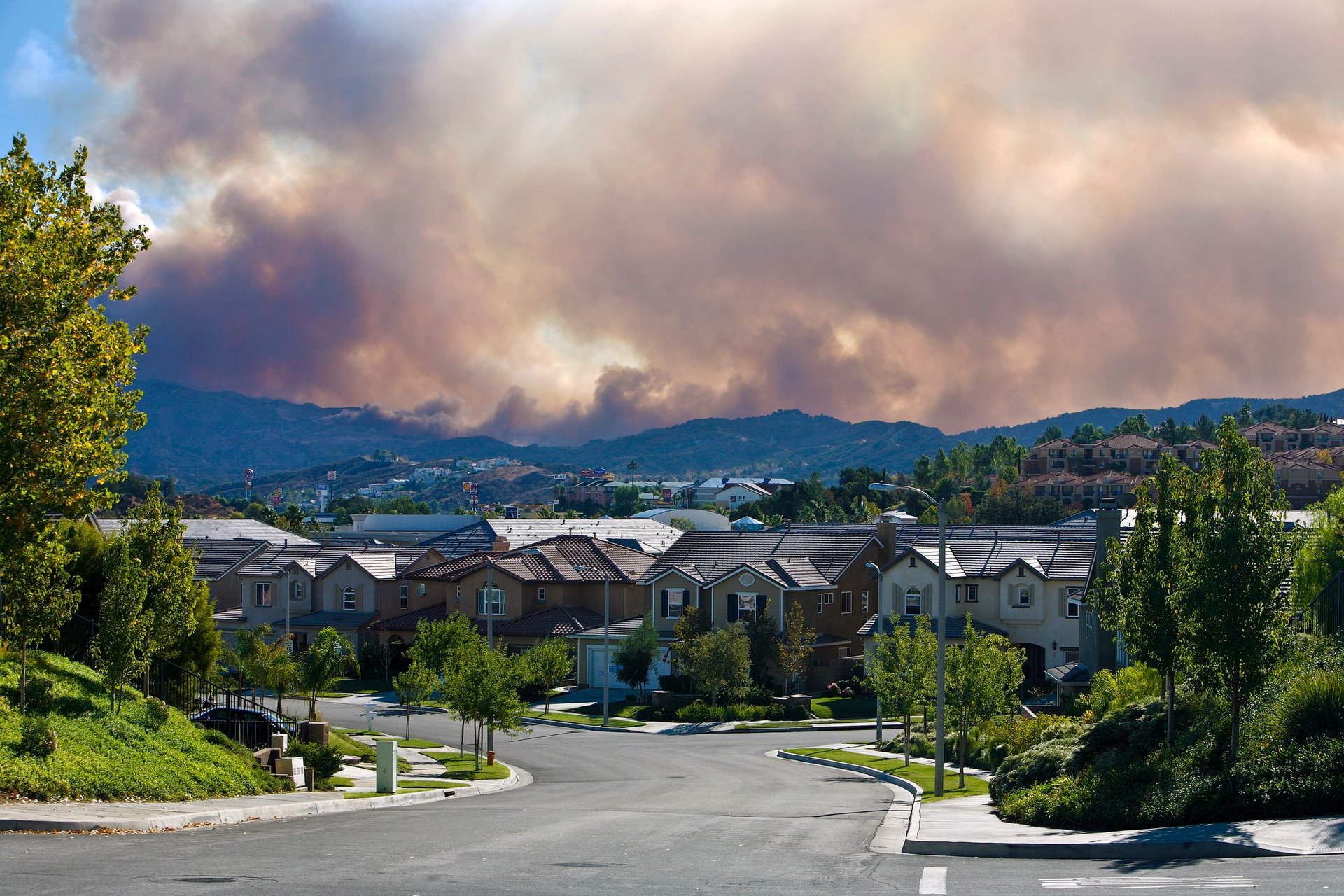
Doug Meek / Getty Images
Los Angeles County has the highest number of FEMA disaster declarations in the nation, reflecting its frequent wildfires, earthquakes, and weather-related emergencies. While its NOAA storm event rank is relatively low at 51st, the scope and scale of disasters push it up the list. Search interest is middling at 59th, but the history of high-profile weather-driven events — combined with the county's size and population — makes L.A. one of the most exposed regions in the country.
5 / 11
#7: Davidson County, Tennessee
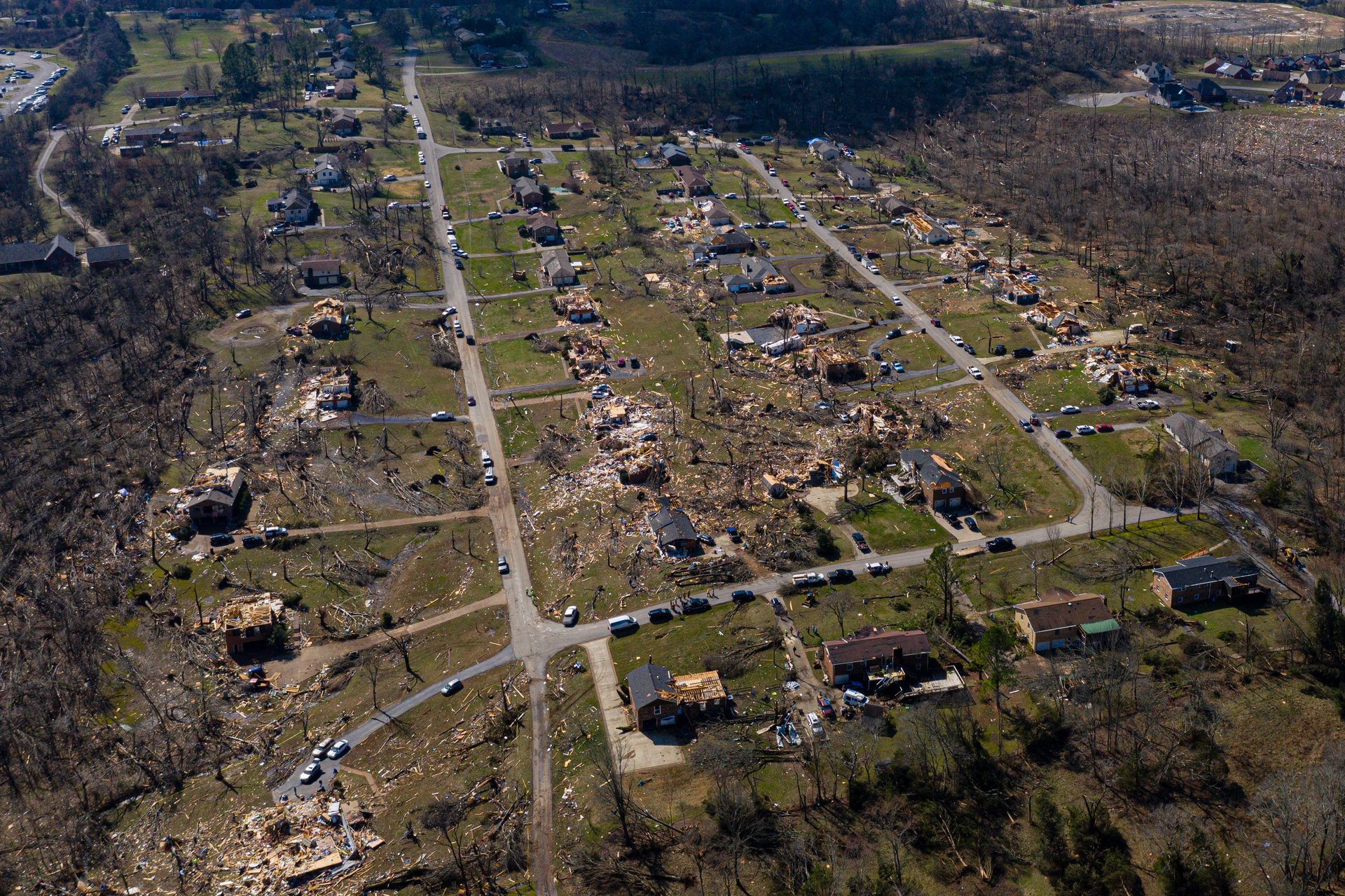
ZoccoPhoto / Getty Images
Nashville, located in Davidson County, is no stranger to volatile weather. The county ranks 20th for NOAA-recorded storm events, ninth in FEMA disaster declarations, and fourth for weather-related search interest. The area has experienced damaging tornadoes and floods in recent decades, and the high level of public engagement shows that residents are keenly aware of the risks.
6 / 11
#6: San Bernardino County, California
San Bernardino, the anchor city of San Bernardino County, sees its fair share of extremes, from wildfires to flash floods and mudslides. The county ranks fifth in NOAA storm events and ninth in FEMA disaster declarations. However, it ranks a low 94th in public search interest for weather and insurance, indicating that despite real and recurring threats, residents may be less proactive online about weather preparedness.
7 / 11
#5: El Paso County, Colorado

Diana R. / 500px / Getty Images
Colorado Springs, located in El Paso County, experiences some of the nation’s most frequent storm events — in fact, NOAA ranks it first. Despite the high activity, FEMA ranks it relatively low for disaster declarations (74th), and public interest in weather risks ranks even lower at 79th.
8 / 11
#4: Oklahoma County, Oklahoma
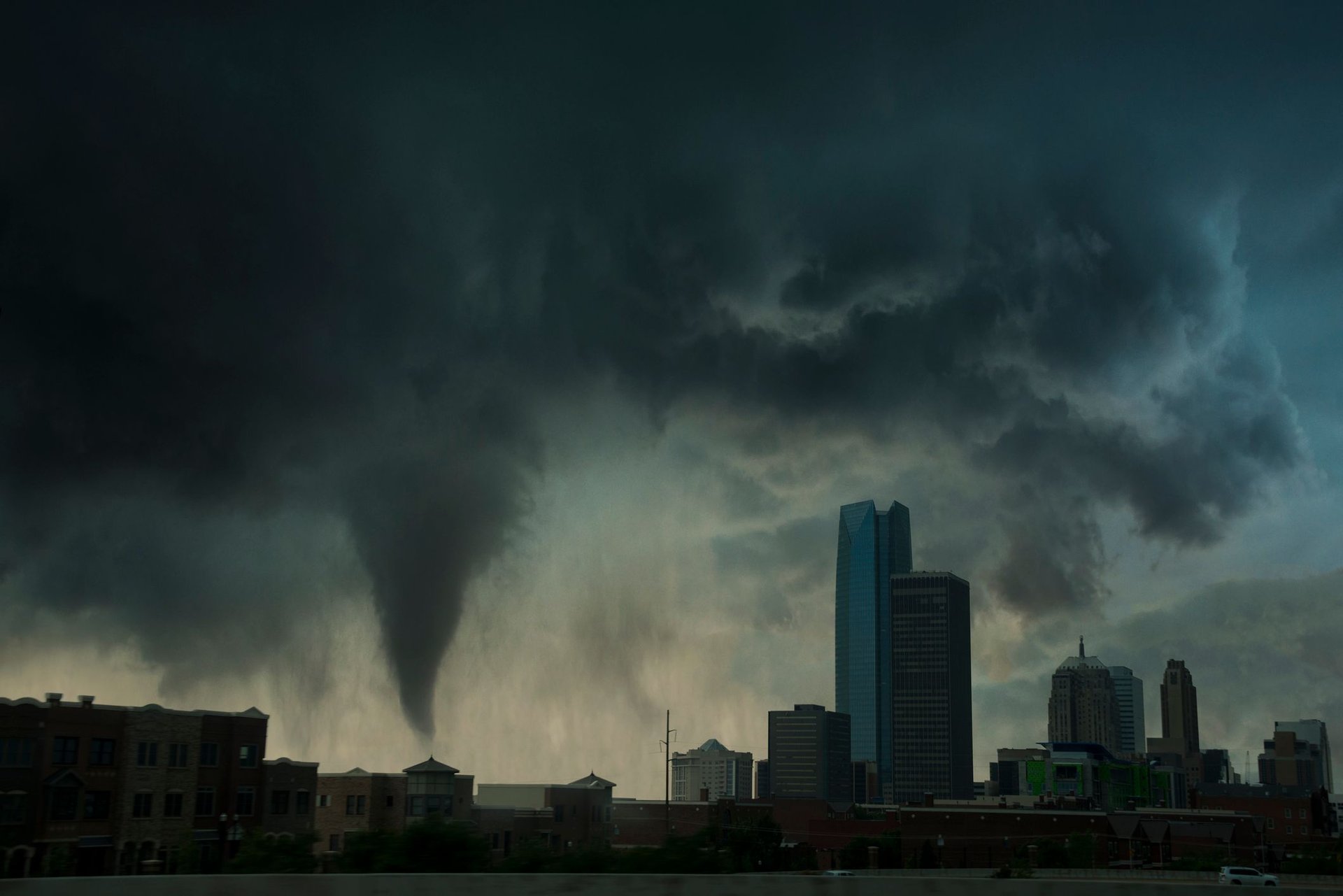
john finney photography / Getty Images
Oklahoma City sits at the heart of Tornado Alley, and the data reflects it. Oklahoma County ranks third in storm events, with a history of intense tornadoes and severe thunderstorms. The county also ranks 13th in FEMA disaster declarations and 51st in public search interest. While residents may not seek out as much weather-related information online, the frequent and destructive nature of the storms earns the area a high spot on the list.
9 / 11
#3: Duval County, Florida
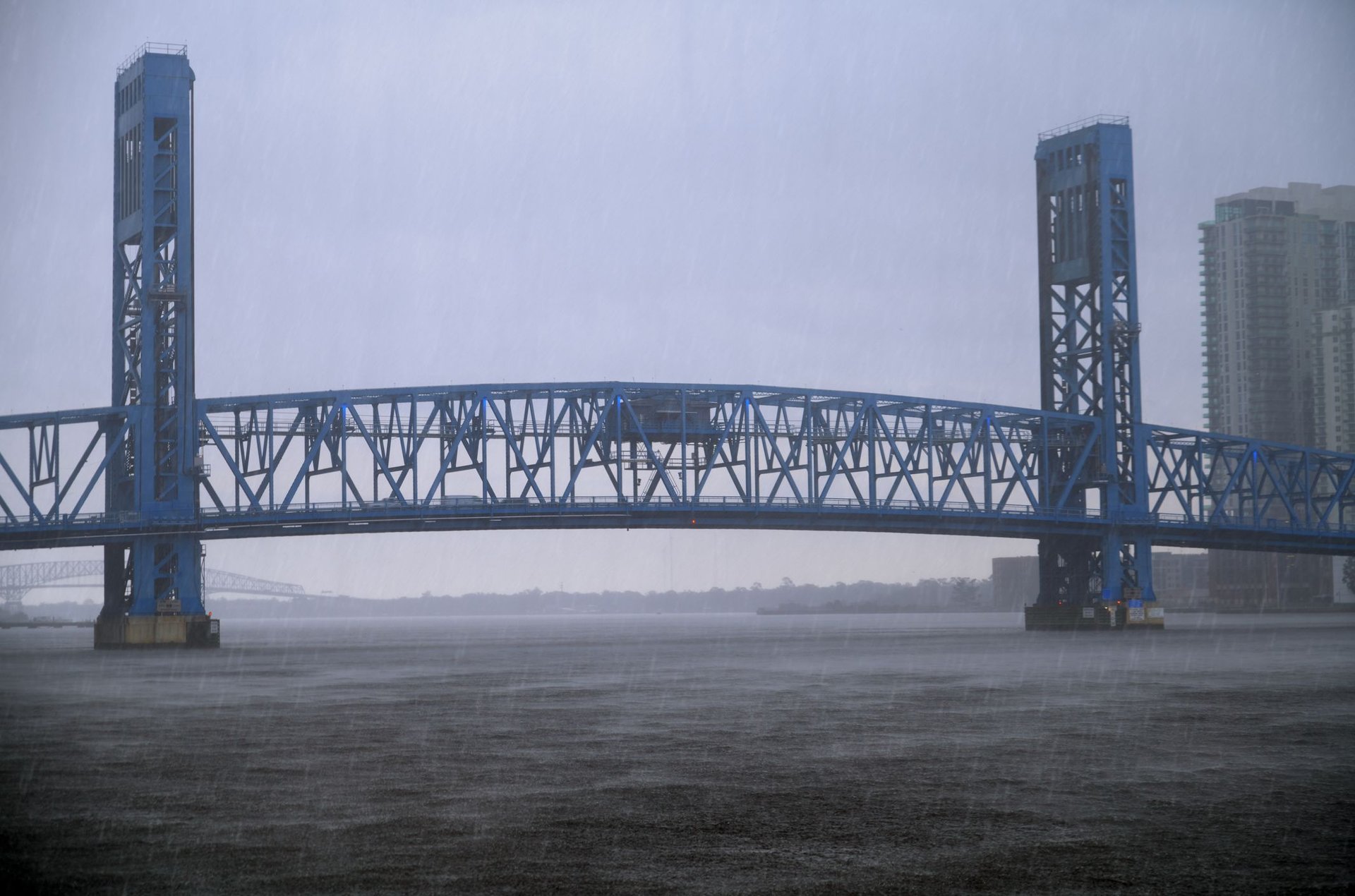
Arman Zhenikeyev / Getty Images
Jacksonville, the largest city in Duval County, is no stranger to storms or federal disaster declarations. The county ranks 15th in NOAA storm events and a fifth in FEMA declarations, showing its exposure to hurricanes and tropical storms along Florida’s Atlantic coast. Public search interest is relatively low at 49th.
10 / 11
#2: Denver County, Colorado
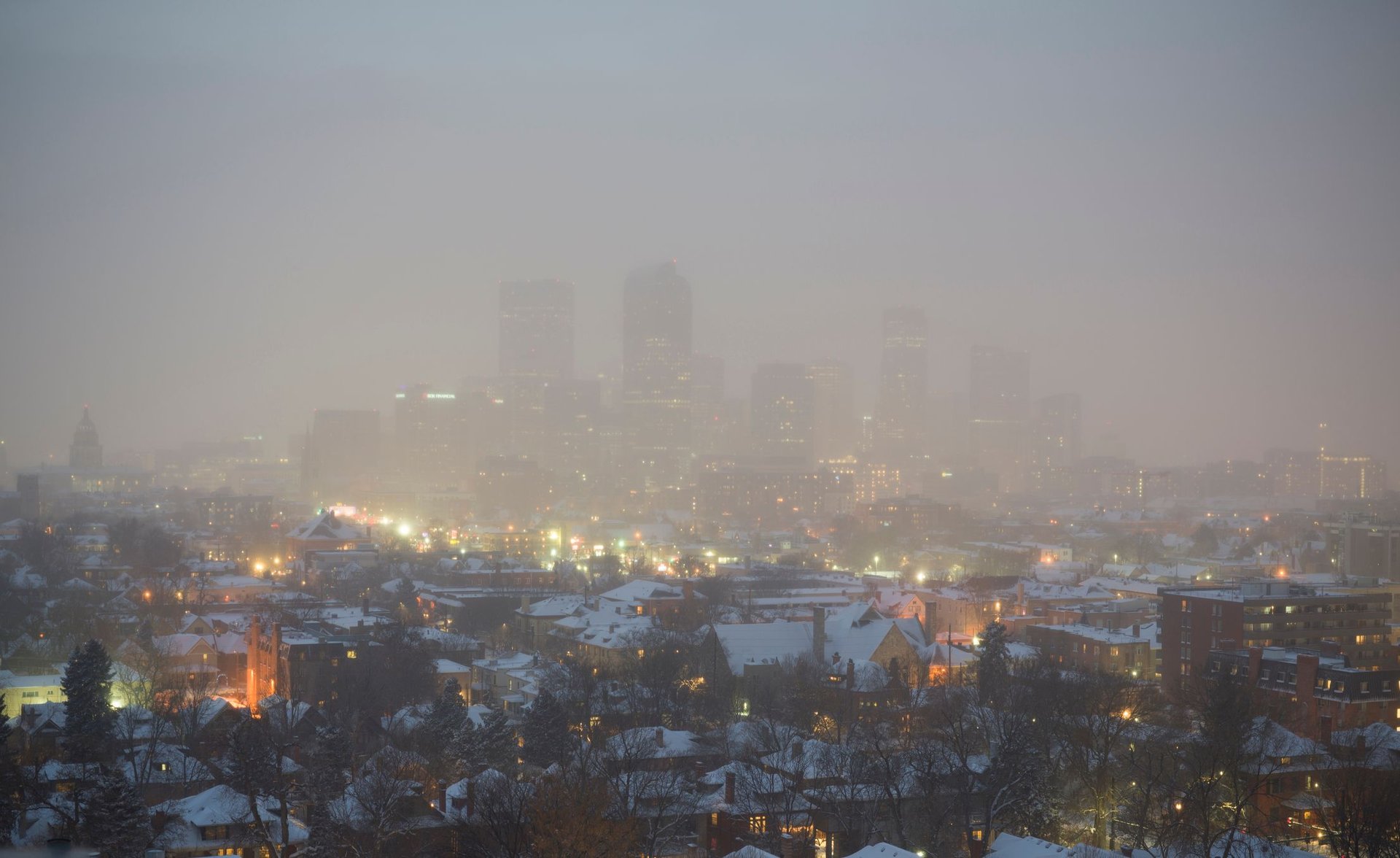
Jon Paciaroni / Getty Images
Denver, the capital of Colorado, comes in second for extreme weather due in large part to its high level of public concern. It ranks first in the country for weather- and insurance-related search interest, indicating that residents are highly attuned to potential risks. Though it doesn’t appear on FEMA’s disaster declaration list, NOAA ranks Denver 36th for storm events, suggesting that frequent localized weather issues — including hail, snowstorms, and high winds — keep residents on edge.
11 / 11
#1: Cook County, Illinois

Xiaodong Qiu / Getty Images
Home to Chicago, Cook County tops the list for extreme weather risk. It ranks second nationally in NOAA-recorded storm events and has a high frequency of FEMA disaster declarations. While public search interest in weather-related insurance and safety is moderate (35th), the combination of frequent severe storms, urban vulnerability, and past disaster declarations puts Cook County at the highest overall risk for extreme weather.
